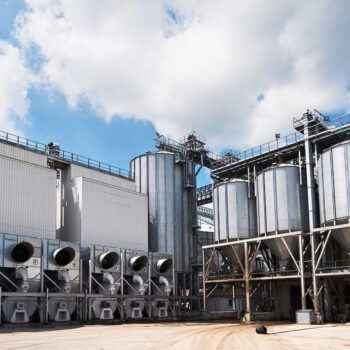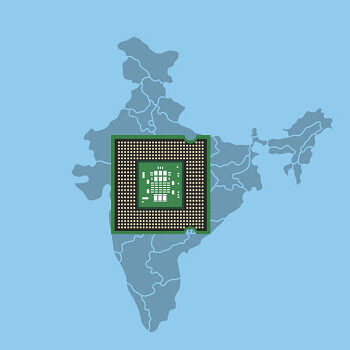Pickleball, a paddle sport blending elements of tennis, badminton, and ping-pong, is rapidly gaining popularity worldwide, including in India. Originating in the United States in 1965, the sport’s name comes from the “pickle boat,” a term in crew racing for a boat with leftover rowers. Its unique mix of accessibility and strategy has earned it global acclaim, with around 4.8 million players across nearly 80 countries as of 2024. In India, pickleball was introduced by Sunil Valavalkar, who discovered it in Canada in 1999 and founded the All India Pickleball Association (AIPA) in 2008. His efforts have led to the establishment of numerous courts and tournaments across the country.
The rise of pickleball in India is driven by its convinience and broad appeal. The sport requires minimal equipment—paddles cost between INR 3000 to 4000, and balls are priced around INR 100 to 200—making it affordable for people from various socio-economic backgrounds. Pickleball’s adaptability allows it to be played on diverse surfaces, from dedicated courts to community playgrounds and even makeshift spaces like garages or airport lounges. This versatility eliminates the need for extensive infrastructure, making it accessible to a wider audience.
Pickleball appeals to a broad demographic. Although it attracts players of all ages, the most active participants are between 18 and 34 years old, followed by those aged 35-54 and 55-64. Notably, players aged 55 and above form a significant segment, reflecting a global trend where approximately 75% of core players in the U.S. are over 55. This highlights pickleball’s appeal as a fun, social, and less physically demanding alternative to traditional racquet sports.
The sport distinguishes itself from others like tennis and badminton through its simplicity and approachability. Unlike tennis, which demands rigorous training and technical skill, or badminton’s fast-paced nature, pickleball is played on smaller courts with straightforward rules. This makes it less daunting for newcomers and emphasizes enjoyment and social interaction over intense competition. Players can stay active and burn calories without the pressure of mastering complex techniques.
Early adopters in India have played a crucial role in promoting pickleball. Many have transitioned from badminton and tennis due to its simplicity and lower physical demands. The sport’s focus on strategy and consistency rather than technical prowess allows for quick engagement without extensive practice. As the community grows, local champions are increasingly organizing competitions and fostering camaraderie, further fuelling the sport’s popularity.
Significant investments are supporting pickleball’s growth in India. The AIPA has partnered with KheloMore Sports, a leading digital platform for recreational and semi-professional athletes, to invest INR 50 million in building 100 state-of-the-art pickleball courts across the country over the next two years. This collaboration focuses on Tier 2 and Tier 3 cities, reflecting a strong commitment to grassroots development. Arvind Prabhoo, AIPA President, expressed enthusiasm for the partnership, stating, “The collaboration with KheloMore is a significant milestone for grassroots development of pickleball in tier 2 and tier 3 cities in India. With this substantial investment, we aim to build world-class facilities and nurture a vibrant community of pickleball players across the nation.”
Additionally, there are plans for a USD 10 million investment in a global professional pickleball league over the next 3 to 5 years. This league will feature six franchises with a mix of international and Indian players, further boosting the sport’s profile in India and creating new opportunities for players at all levels.
The International Institute of Sports & Management (IISM), a leading sports education and research organization in India, suggests that the “Vidarbha Model” of growth should be replicated in Tier 1 and Tier 2 cities to enhance pickleball’s development. This model emphasizes creating a sustainable ecosystem for the sport, including infrastructure, coaching, and community engagement. The Vidarbha Pickleball Association (VPA), led by Shreyansh Mohta, has been instrumental in implementing this model in Maharashtra’s Vidarbha region.
Globally, pickleball is experiencing explosive growth, with the Association of Pickleball Professionals reporting a 40% increase in participation over the last three years. This trend is mirrored in India, where approximately 8000 players from 17 states are now actively engaged in the sport. Recent successes by Indian players at international events, such as the Bainbridge Cup, have propelled pickleball into the global spotlight, sparking hopes for a national league with Olympic aspirations. The anticipated PPA Tour India event in February 2025 is expected to be a landmark moment, likely to attract international players and showcase Indian talent on a global stage, paving the way for greater recognition and sponsorship opportunities.
As pickleball grows in India, its future looks promising. Its accessibility and appeal are driving participation, and investments in infrastructure and grassroots development are strengthening the community. Despite challenges, the enthusiasm of players and supporters is integrating pickleball into India’s sporting culture.

Pooja S Patel
Pooja S Patel is a management consultant who has worked with clients across various industries on projects that include Customer experience transformation, Market sizing, Market entry and Diversification strategy. Prior to joining management consulting, she gained experience in Channel sales in the consumer durables Industry.







